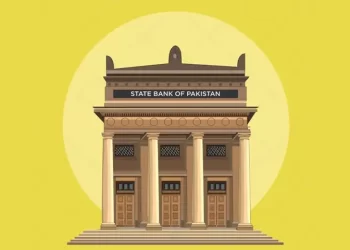Raisi – a hardline and religiously conservative politician – has deep connections in the judiciary and religious elite.
Iran’s President Ebrahim Raisi has disappeared after the helicopter he was in went down in the country’s East Azerbaijan province.
The 63-year-old political heavyweight has long been regarded as the natural successor to Supreme Leader Ayatollah Ali Khamenei, the highest authority in Iran.
An established presence with deep connections in the judiciary and religious elite, Raisi – a hardline and religiously conservative politician – first ran for the presidency in 2017 but failed. He was eventually elected in 2021.
Raisi began studying at the renowned Qom religious seminary at the young age of 15, and proceeded to learn under several of the top clerics of the time.
In his early 20s, he was appointed prosecutor in successive cities until he went to the capital Tehran to work as a deputy prosecutor.
In 1983, he married Jamileh Alamolhoda, the daughter of Mashhad’s Friday Prayer Imam Ahmad Alamolhoda. They went on to have two daughters.
For five months in 1988, he was part of a committee overseeing a series of executions of political prisoners, a past that has made him unpopular among the Iranian opposition and led to the United States imposing sanctions on him. In 1989, he was appointed prosecutor of Tehran after the death of Iran’s first Supreme Leader Ayatollah Ruhollah Khomeini.
Raisi continued to rise through the ranks under Khomeini’s replacement, Ayatollah Khamenei, becoming chairman of the Astan Quds Razavi, the biggest religious endowment in Mashhad, on March 7, 2016, which cemented his status in Iran’s establishment.
After his defeat, Raisi began planning for his next presidential campaign. In June 2021, he won 62 percent of the vote, but the election was marred by a low turnout – 48.8 percent – after several reformists and moderates were prevented from standing.
By then, the JCPOA was in shambles after the US – under former President Donald Trump – unilaterally withdrew and reimposed sanctions on Iran, severely affecting its economy.
The COVID-19 pandemic made matters worse, with the death toll exceeding 97,000 by August 2021.
Early years
Raisi’s credentials in the religious establishment are strong, with solid relationships with the late Khomeini as well as with Khamenei, who has appointed him to several senior positions.
He has also managed to maintain good relations with all branches of government, military and legislative as well as the powerful theocratic ruling class.
Protests roiled Iran for months, with women taking off or burning their hijabs and cutting their hair off in protest.
The rallies came to an end in mid-2023 after some 500 people were killed when security forces moved in to break up the protests, according to foreign human rights organisations. Seven people were executed for their roles in the unrest.
A United Nations fact-finding mission concluded in March this year that Iran committed crimes against humanity in the crackdown, including murder, torture and rape.
Raisi has not shied away from confrontation internationally either.
Angered by the US’s stance towards the JCPOA and the inability of other signatories to save the pact, a defiant Raisi announced that Iran was stepping up its nuclear programme, but that it was not interested in a bomb.
More recently, he led Iran through a standoff with Israel as the two countries squared off over Israel’s relentless assault on Gaza, now approaching its eighth month.
Iran has been outspoken in its condemnation of Israel’s brutal attacks on Palestinian civilians, as have its regional allies in the so-called “axis of resistance” to Israel and its Western allies.
In early April, the Iranian consular building in Damascus was attacked in a strike blamed on Israel, killing seven people including a top commander and his deputy.
For almost two weeks, Raisi’s every utterance was the subject of intense scrutiny as the world awaited Tehran’s response. On April 15, Iran launched a well-telegraphed attack that Israel’s chief military spokesman, Daniel Hagari, said involved more than 120 ballistic missiles, 170 drones and more than 30 cruise missiles with most intercepted outside Israel’s borders. Minor damage was reported in some areas of Israel, and the attack led to a token response.
The regional rivalry between Iran and Israel could also be seen in Syria, where Israel has launched multiple attacks over the years, ostensibly targeting Iranian military capabilities there.
Iran has maintained a close relationship with Syria for years, backing President Bashar al-Assad since he ordered a violent response to peaceful protests in 2011, which led to 13 years of civil war. With military and tactical support, Iran has expanded its influence in Syria while the allied Lebanese group Hezbollah has also bolstered Assad’s forces.









